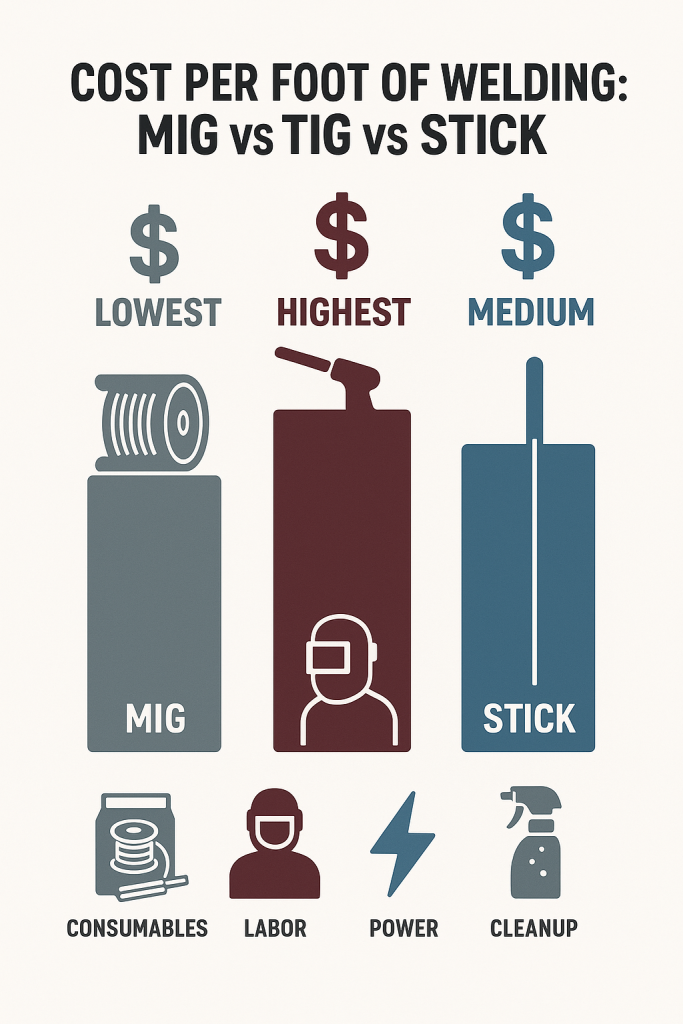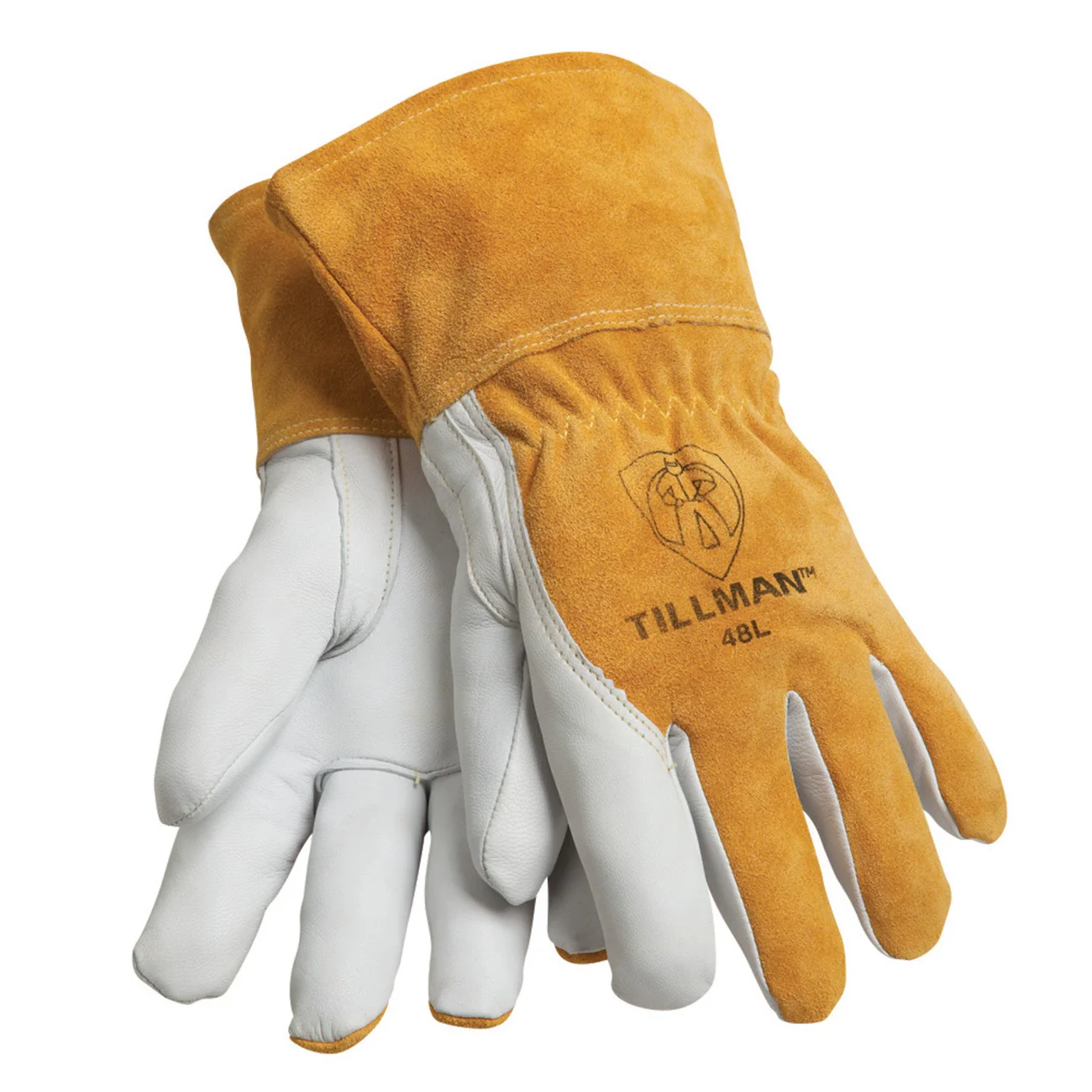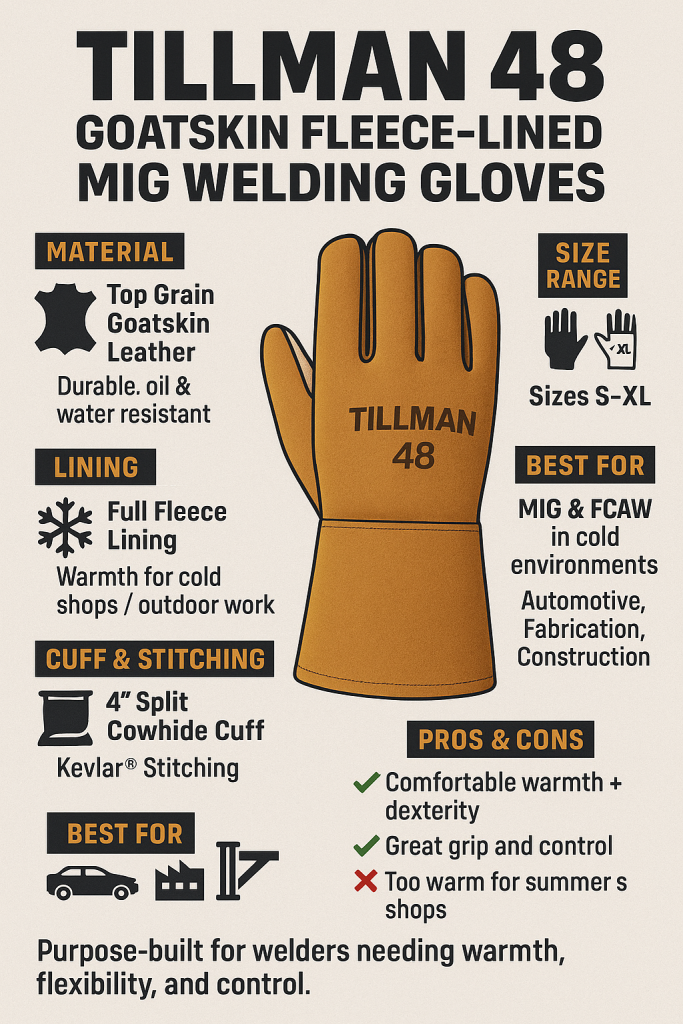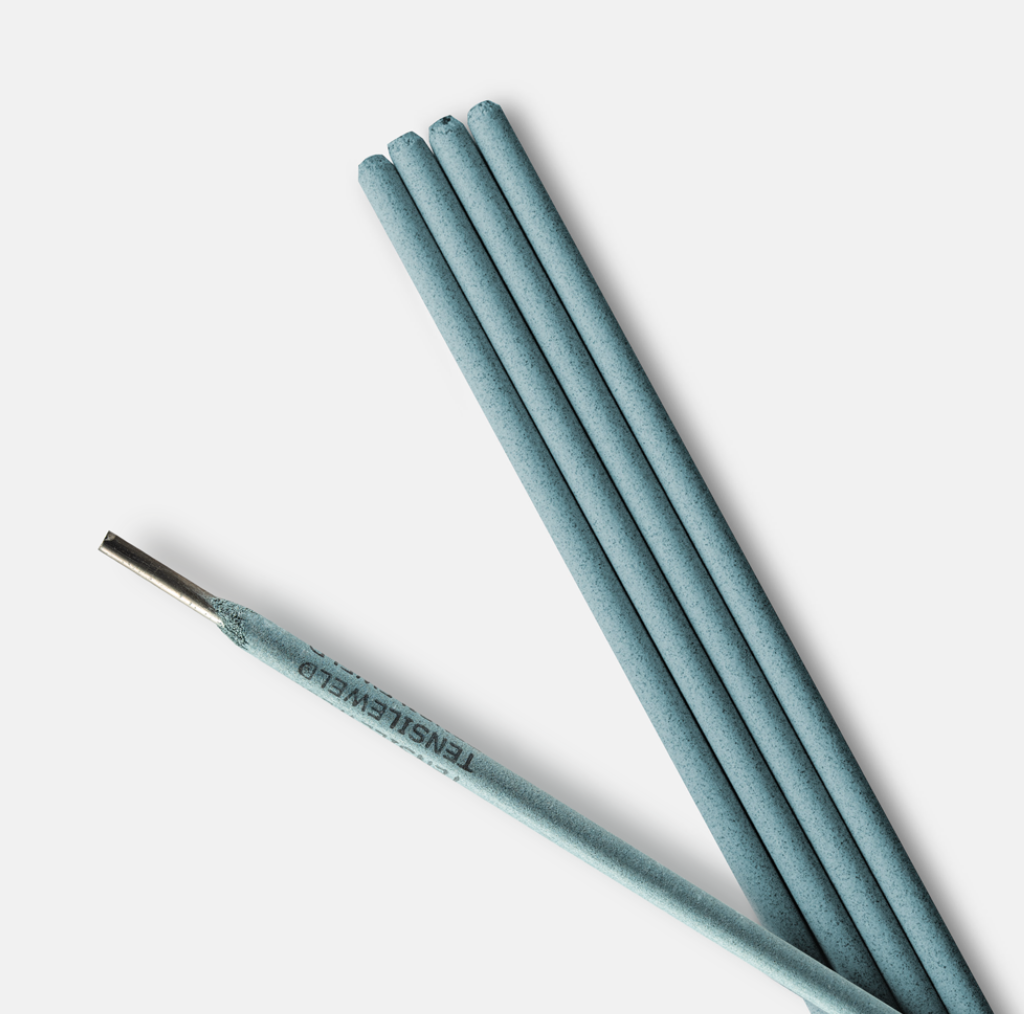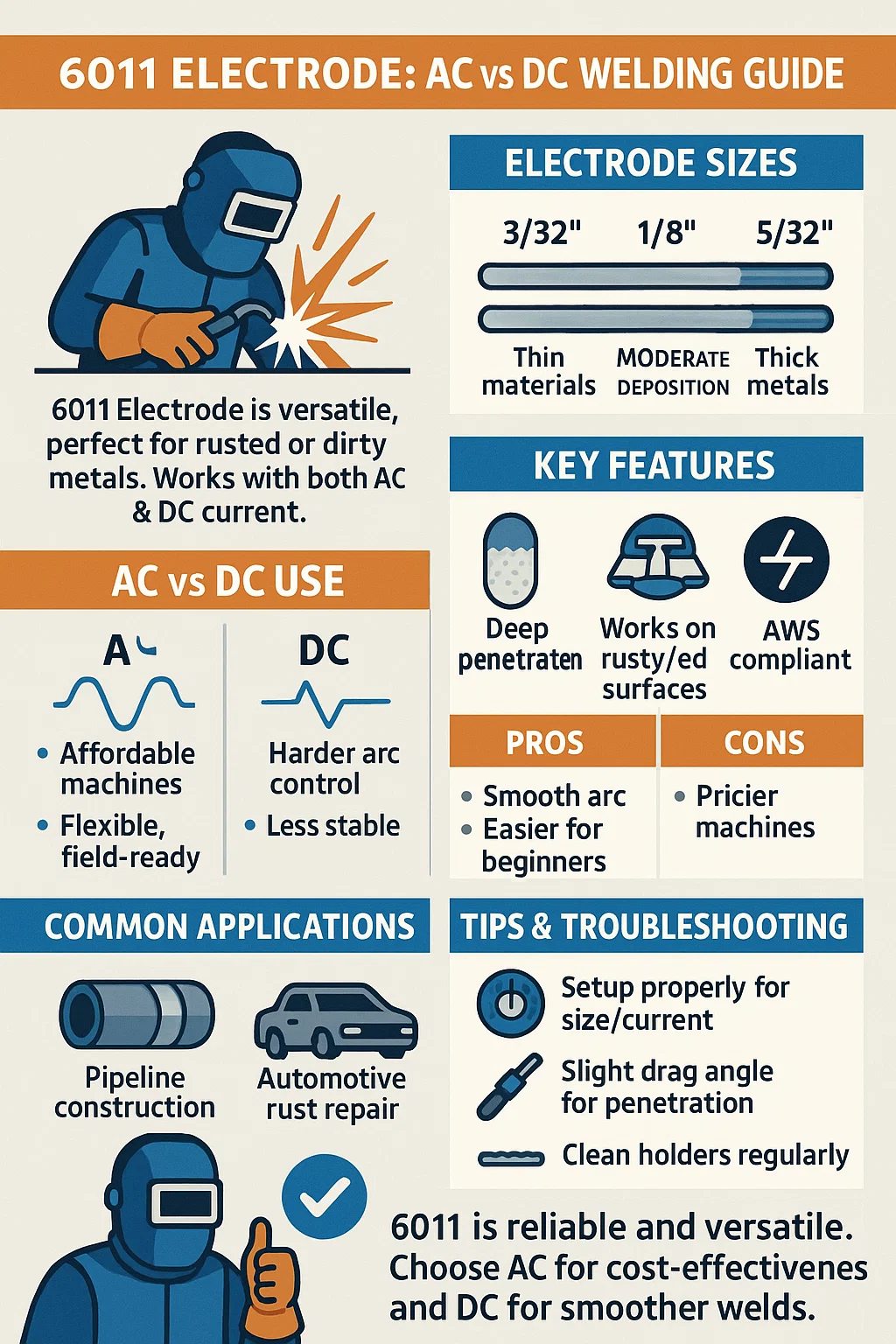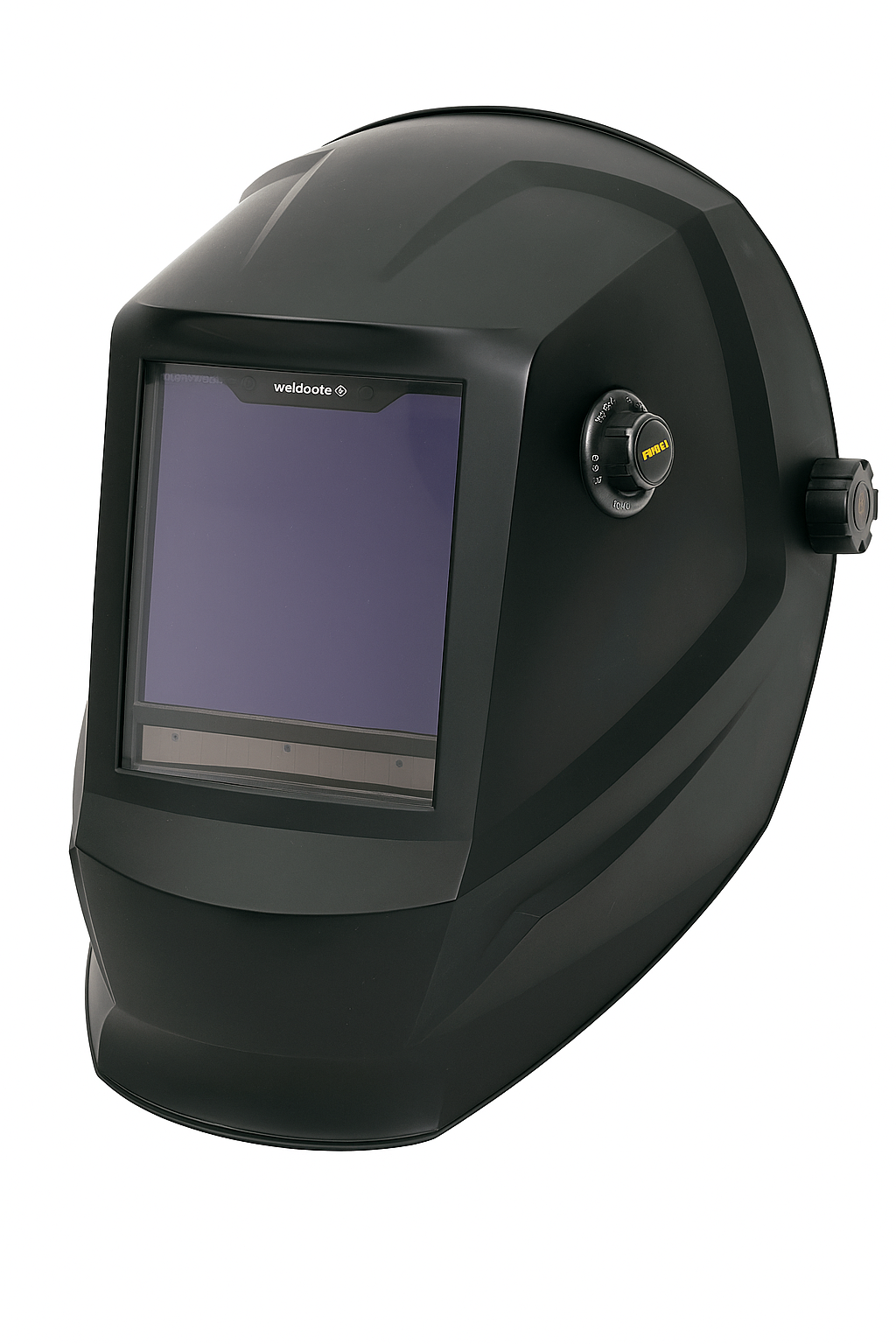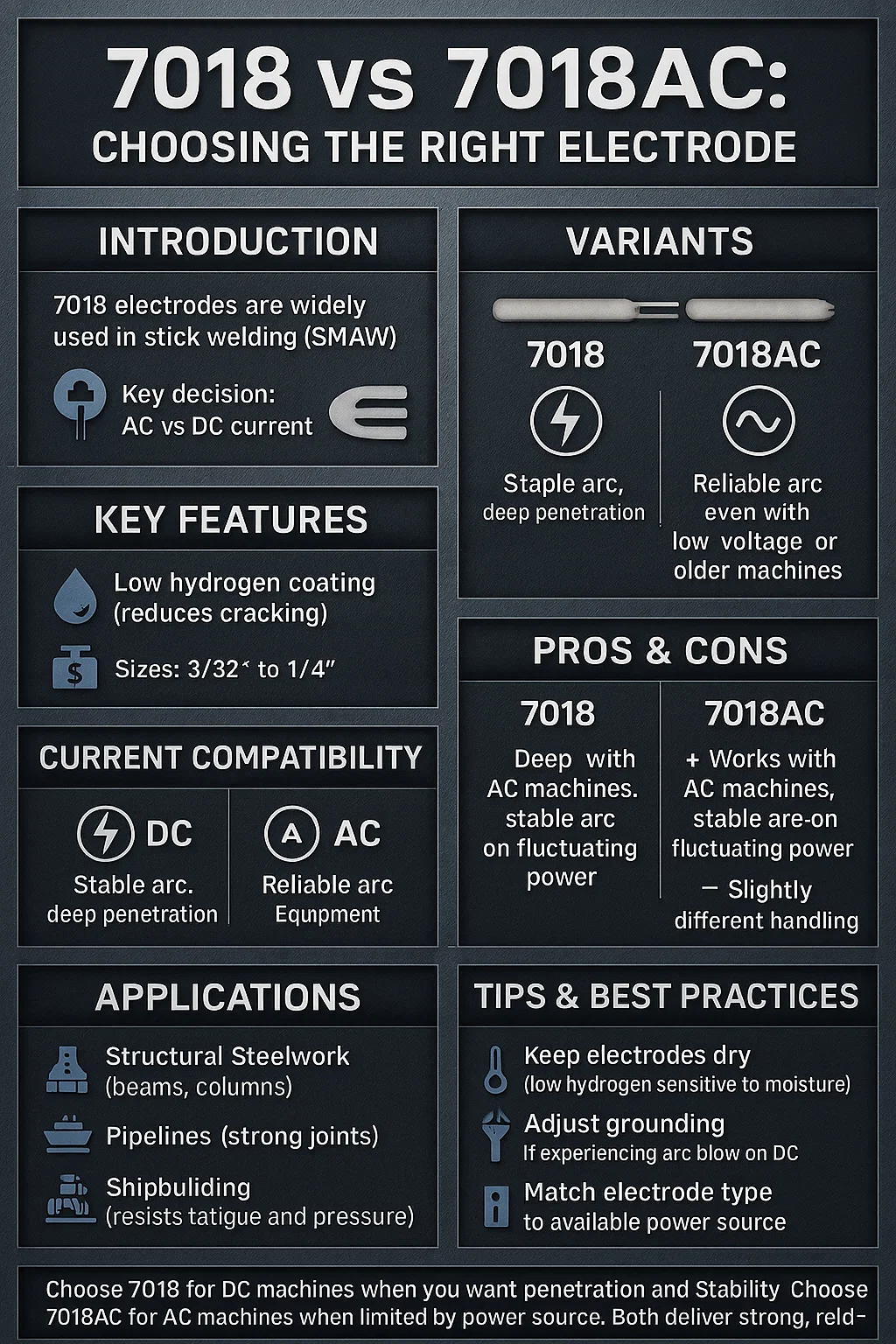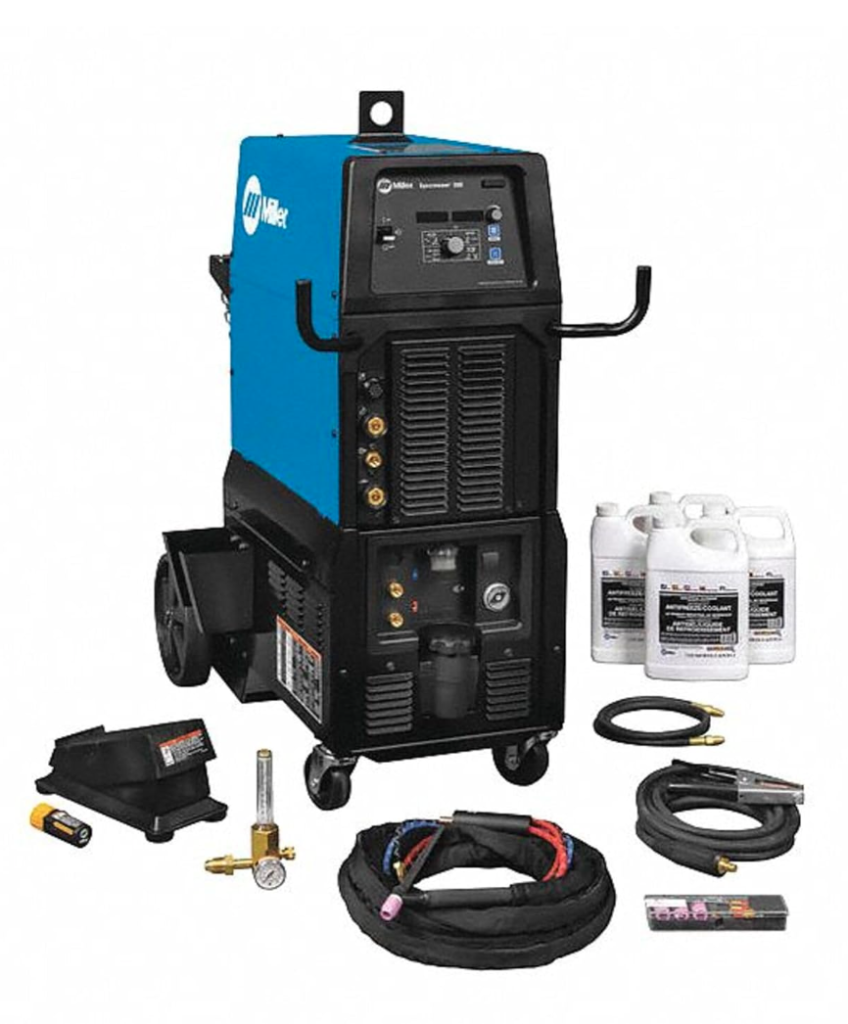
This post may contain affiliate links. If you purchase through them, we may earn a small commission at no cost to you. Thank you for supporting our site.
Introduction
The Miller Electric – 951872 – Syncrowave 300 TIG Welder is an industrial-grade welding system designed for precision TIG (Gas Tungsten Arc Welding or GTAW) and Stick (SMAW) welding applications. This specific unit features input voltage compatibility from 208 to 480V, a maximum output of 400 amps, and an integrated cooling unit—the Coolmate™ 3.5 water cooler. All of this makes it particularly effective in demanding metal fabrication and repair environments.
Typical users of the Syncrowave 300 include:
- Professional welders handling complex or thick materials
- Fabrication shops requiring high amperage TIG capability
- Vocational programs need reliable training equipment
- Engineers and industrial maintenance professionals working on pipelines, aerospace structures, or heavy equipment
Unlike entry-level TIG welders, the 951872 model is meant for high-performance, consistent arc quality over long durations and intense workloads.
Types / Variants / Models
While the 951872 is a standalone product, Miller has manufactured the Syncrowave series in several configurations to suit different needs. Here’s how the Syncrowave 300 w/ Coolmate stands among them:
-
Syncrowave 210
- Output: Up to 210A
- Ideal for light fabrication or hobby-level use
- Multiprocess Aluminum TIG Welder: Amp up your welding skills with the Miller 951684 Syncrowave 210 TIG MIG Spoolmate 150 Package; Our multi process welder tackles MIG, Stick & AC/DC TIG processes with just 1 powerful welding machine; Eliminating the need for multiple welders
- Easy-to-Use 3-in-1 Welder: Using our multi-process MIG welder is as easy as 1, 2, 3; Simply turn the power on; Select your process from AC/DC TIG, DC stick or MIG; Set the amperage or voltage based on your material’s thickness, then weld like the champ that you are
- User-Friendly Innovations: Say goodbye to guesswork when setting weld parameters; Our multiprocess welder’s Pro-Set & Auto-Set features streamline your TIG or MIG setup process, enabling you to create high-quality welds & boosting your efficiency on the job
- Maximum Portability: Go where the work is with our 139.5-lb multiprocess Stick, TIG & MIG welding machine; Its built-in running gear provides easy transport & a multi-voltage plug lets you connect to 120V & 240V power receptacles without the need for tools
- Miller Welder Machine Package Inclusions: Our multi-process MIG welding equipment comes with essential accessories to get you started; Includes a Weldcraft A-150 TIG torch, RFCS-14 HD remote foot control, Spoolmate 150 MIG gun, 4-Pin to 14-pin connector & more
Last update on 2025-12-06 / Affiliate links / Images from Amazon Product Advertising API
-
Syncrowave 212
- Output: Up to 210A
- Ideal for light fabrication or hobby-level use
- Auto-Set for Faster Setup: The Miller Syncrowave 212 Air Cooled Package features Auto-Set technology; Just select your process, material, joint type & tungsten size, & recommended parameters are automatically applied for confident TIG welding
- User-Friendly LCD Interface: This AC TIG welder includes a 4.5-inch LCD display with dynamic visuals and on-screen guidance; Our aluminum TIG welder simplifies setup and parameter selection to help streamline the welding process
- Precision TIG Control: Our TIG welder AC/DC unit offers AC balance and frequency adjustments to fine-tune arc width and oxide cleaning; This is ideal for producing clean, high-quality aluminum welds with minimal spatter or distortion
- Pulsed TIG Performance: The pulsed functionality in this aluminum welder machine enhances arc stability and puddle agitation while reducing heat input; This allows for faster travel speeds, smoother welds & reduced material warping
- Cooler and Spool Gun Compatible: This TIG welding equipment comes spool gun and cooler-ready with dedicated receptacles for a 4-pin spool gun and the Coolmate 1S; This enables easy expansion for MIG or water-cooled TIG applications
Last update on 2025-12-06 / Affiliate links / Images from Amazon Product Advertising API
-
Syncrowave 300 (951872)
- Output: Up to 400A
- Industrial-grade, best for thick materials and sustained duty cycles
- Item Details Syncrowave 300 Wireless Foot Control Complete- For fabricators who need more TIG
Last update on 2025-12-06 / Affiliate links / Images from Amazon Product Advertising API
The Syncrowave 300 (951872) stands out due to its wider voltage flexibility, higher amperage capacity, and integrated Coolmate system for water-cooled torches, which extends torch life and enhances user comfort over long sessions.
Key Features and Specifications
Model: Miller Electric Syncrowave® 300, Stock #951872
Process Types: TIG (GTAW), Stick (SMAW)
Electrical:
- Input Voltage Range: 208 – 480V, single/three-phase, auto-line technology
- Amperage Output: Up to 400A (excellent for heavy-duty materials)
- Duty Cycle:
- 60% @ 300A TIG
- 100% @ 235A TIG – reliable for long weld passes without overheating
Dimensions & Weight:
- Dimensions: 47.25 in. x 22.5 in. x 32.625 in.
- Net Weight: ~403 lbs. (with Coolmate) – must be factored into shop layout and transport decisions
Cooling System:
- Coolmate 3.5 water cooler (included):
- Maintains optimal torch temperature
- Designed for extended use with water-cooled TIG torches
User Interface:
- Digital control panel with memory presets for repeat welds
- Pro-Set™ feature auto-configures the best welding parameters
Certifications:
- ANSI Z49.1 Compliant
- CSA Certified
- CE Rated – suitable for global and industrial standard compliance
Additional Highlights:
- Squarewave output—improves arc starts and ending on aluminum
- Adjustable AC frequency & balance for fine-tuning weld bead profile
- Stick-stability control—ensures smooth arc even on dirty or painted metals
Usage & Compatibility
The Syncrowave 300 (951872) supports:
-
GTAW/TIG Welding:
- Ideal for aluminum, stainless, chromoly, and exotic alloys
- Compatible with torch foot pedals, finger controls, and water-cooled TIG torches
-
SMAW/Stick Welding:
- Useful for quick repairs or outdoor work without shielding gas
- Welds various thicknesses with stable arc control
Machine Compatibility:
- Miller RFCS-23 foot pedal for precise control
- Water-cooled torches like Weldcraft W-375 or W-250
- Can integrate with remote amperage controls or automation systems
Pros:
- Excellent weld bead precision, particularly on aluminum
- High duty cycle suitable for production environments
- Durable build with advanced cooling
Cons:
- Heavy and not portable without a cart or lift
- Overkill for light-duty or occasional hobby work
- Requires 208–480V input power
Common Applications
The Miller 951872’s high power and control make it a strong choice for a range of demanding environments:
-
Industrial Fabrication Shops:
- Welding stainless tanks, aluminum frames, and architectural steel elements
-
Aerospace & Aviation:
- Precise TIG welds for critical structural components
-
Pipeline and Petrochemical Plants:
- Outdoor stick welding repair jobs and controlled TIG on exotic pipe alloys
-
Training Labs & Technical Schools:
- Reliable performance in student-heavy environments, able to simulate production conditions
-
Motorsports & Transportation:
- Fabrication of roll cages, exhausts, and structural components
Reliability, control, and power set the Syncrowave 300 apart for high-stakes applications where weld quality is paramount.
Tips & Best Practices
Setup Tips:
- Always match the cooling unit’s reservoir level before beginning extended TIG sessions
- Calibrate the AC frequency (80–120 Hz) for finer aluminum welds or lower it (around 60 Hz) for deeper penetration
- Sync AC balance (typically 65–75%) to better clean oxide from aluminum
Maintenance:
- Change Coolmate coolant every 6 months
- Check and clean TIG torch connections regularly
- Dust the internal electronics quarterly to maintain heat dissipation
Common Mistakes:
- Underrating input voltage: Ensure your power supply matches the auto-line input to avoid faults
- Neglecting torch cooling maintenance Can lead to overheating or handle damage
Conclusion
The Miller Electric 951872 Syncrowave 300 TIG Welder, featuring a 208–480V input, 400 Amp maximum output, and Coolmate integration, is an industrial-strength machine designed for longevity, power, and precise control. For working professionals who demand top-tier weld quality—especially on aluminum, stainless steel, or thick sections—this unit delivers.
While not suited for hobbyists or light-duty tasks, it excels in fabrication shops, technical schools, aerospace, and heavy industrial settings. If
- Item Details Syncrowave 300 Wireless Foot Control Complete- For fabricators who need more TIG
Last update on 2025-12-06 / Affiliate links / Images from Amazon Product Advertising API
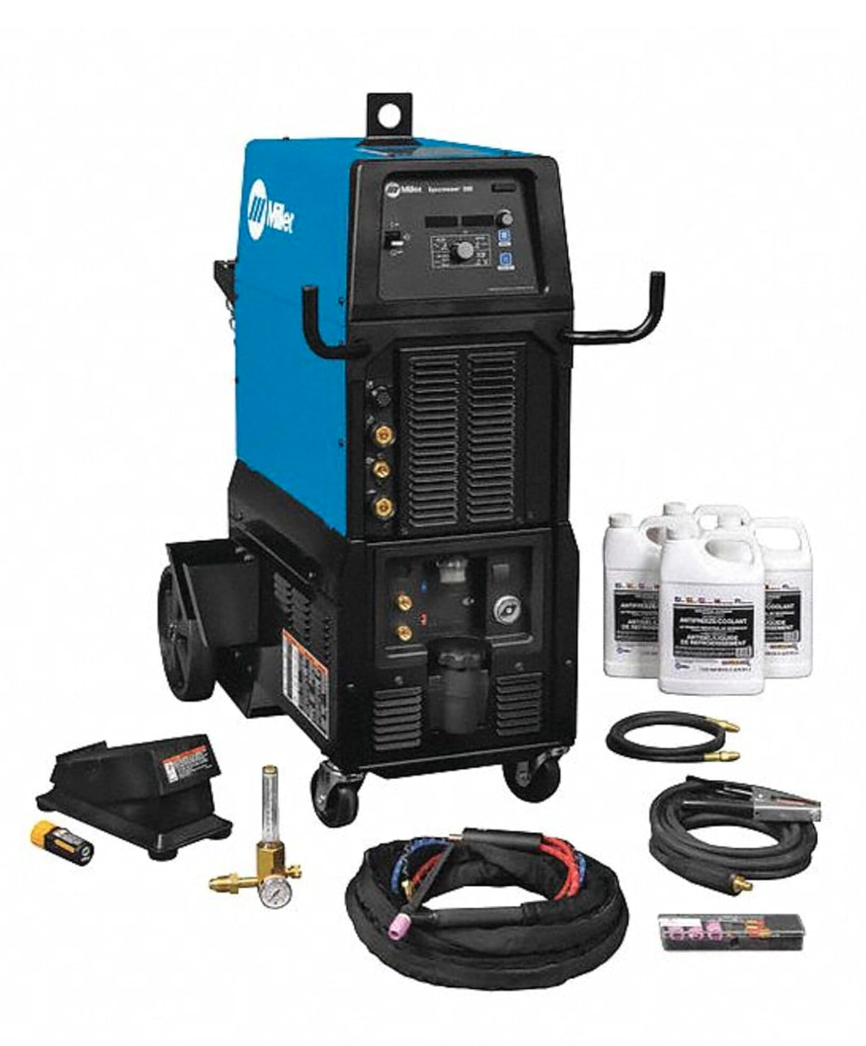



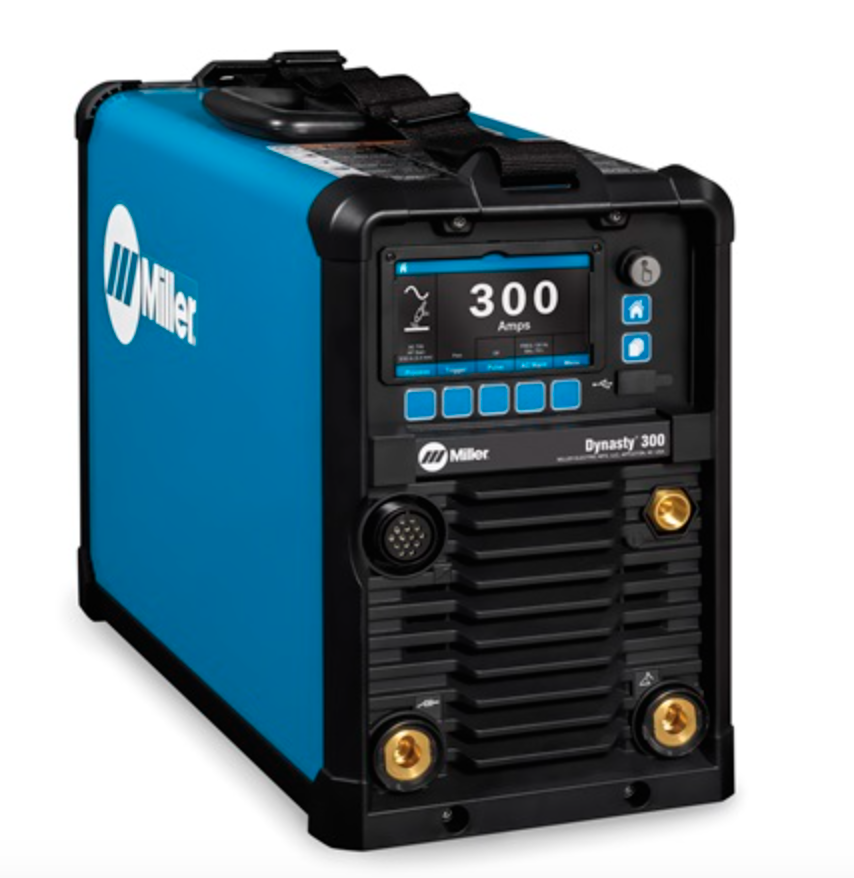

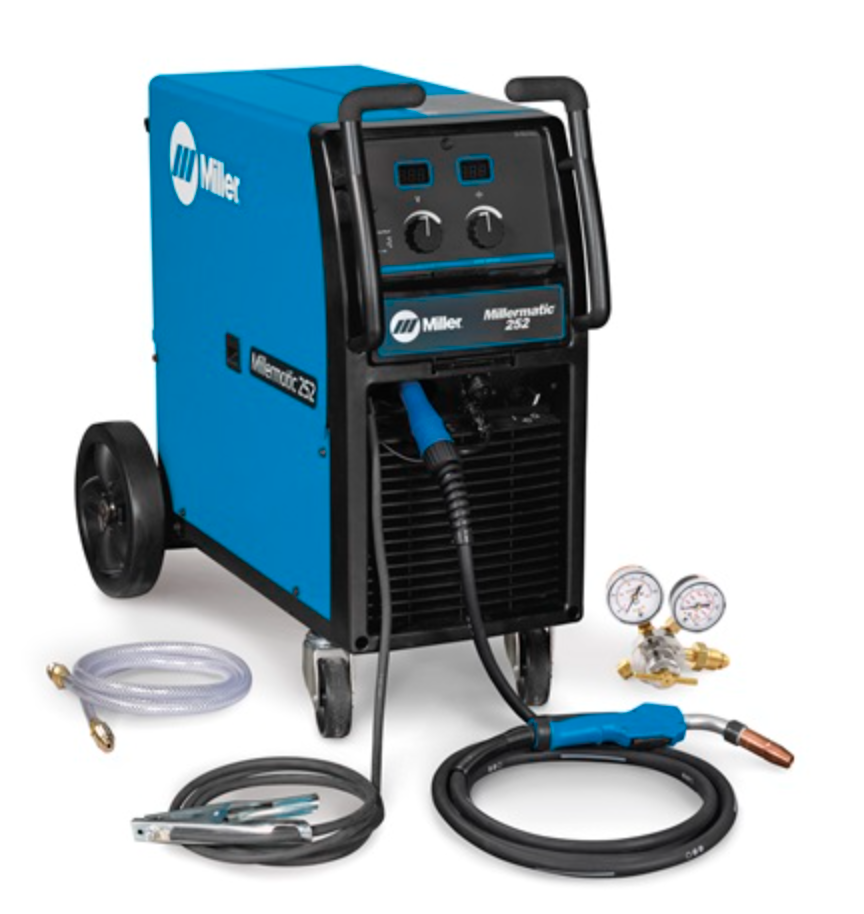
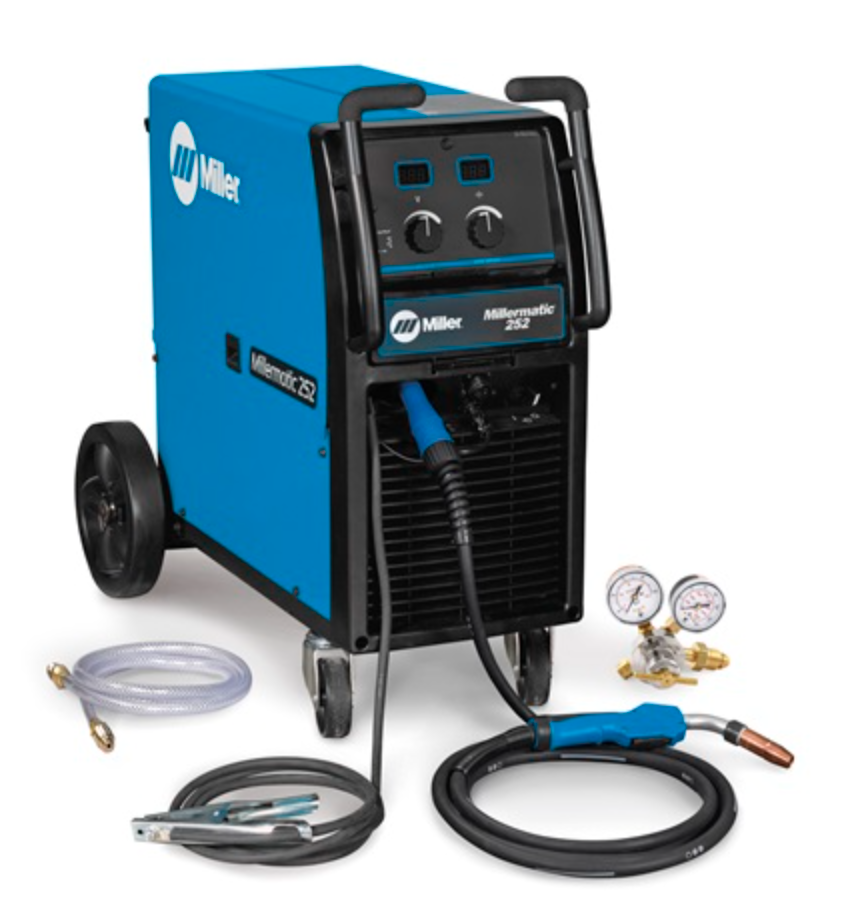
 Conclusion
Conclusion
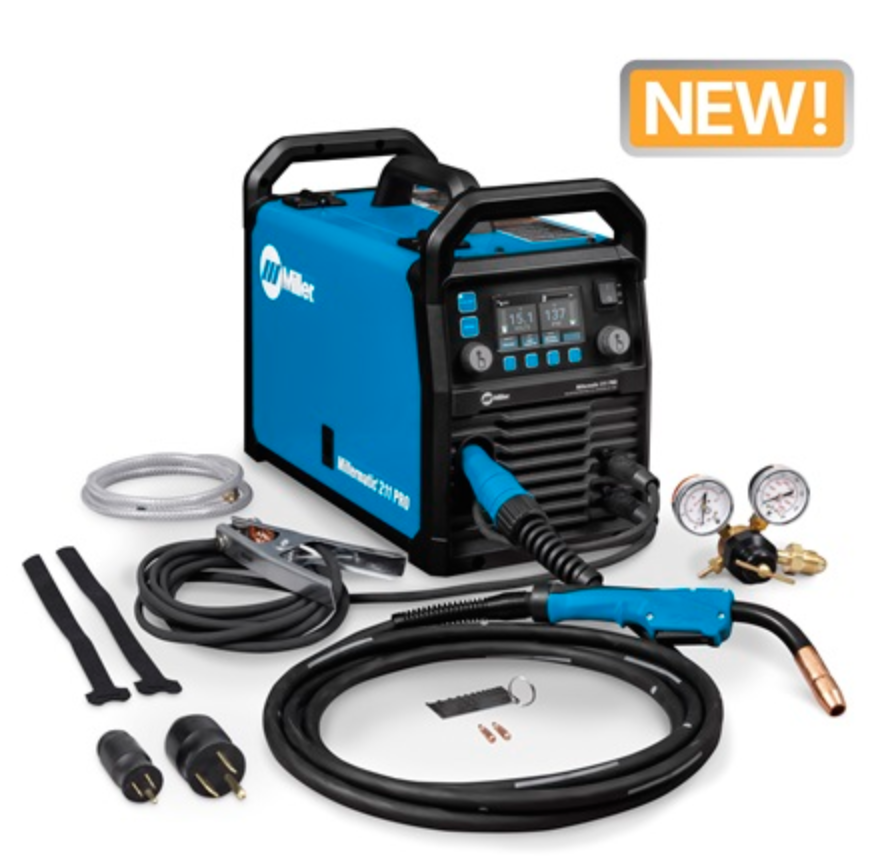
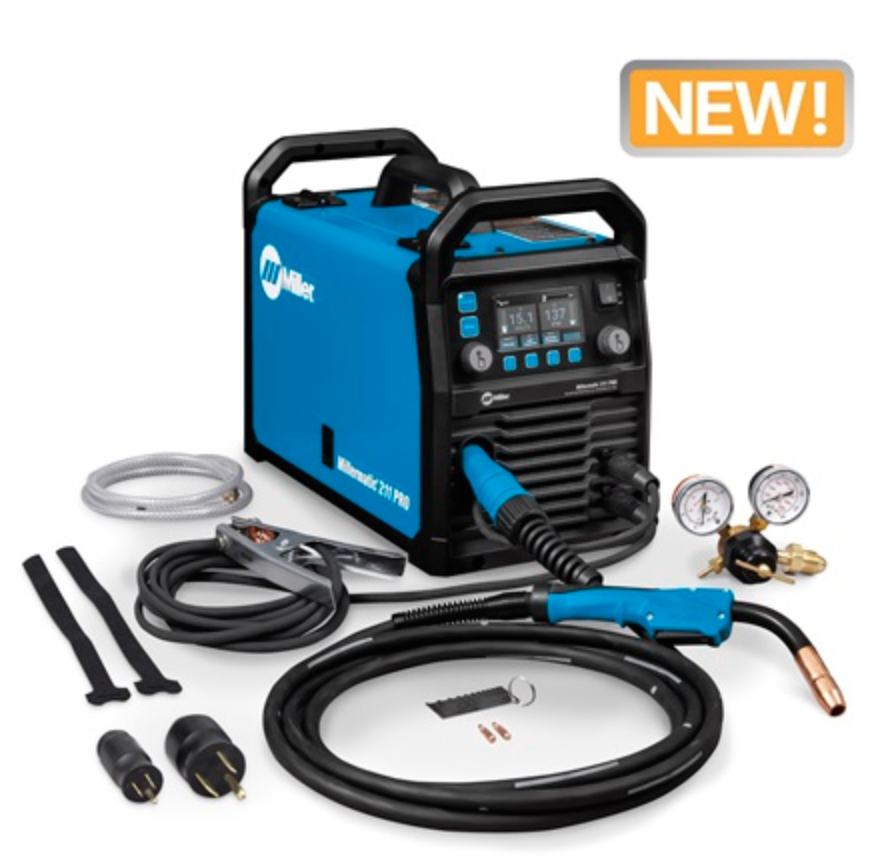
 Note for Readers: This post may contain affiliate links. If you purchase through them, we may earn a small commission at no cost to you. Thank you for supporting our site.
Note for Readers: This post may contain affiliate links. If you purchase through them, we may earn a small commission at no cost to you. Thank you for supporting our site.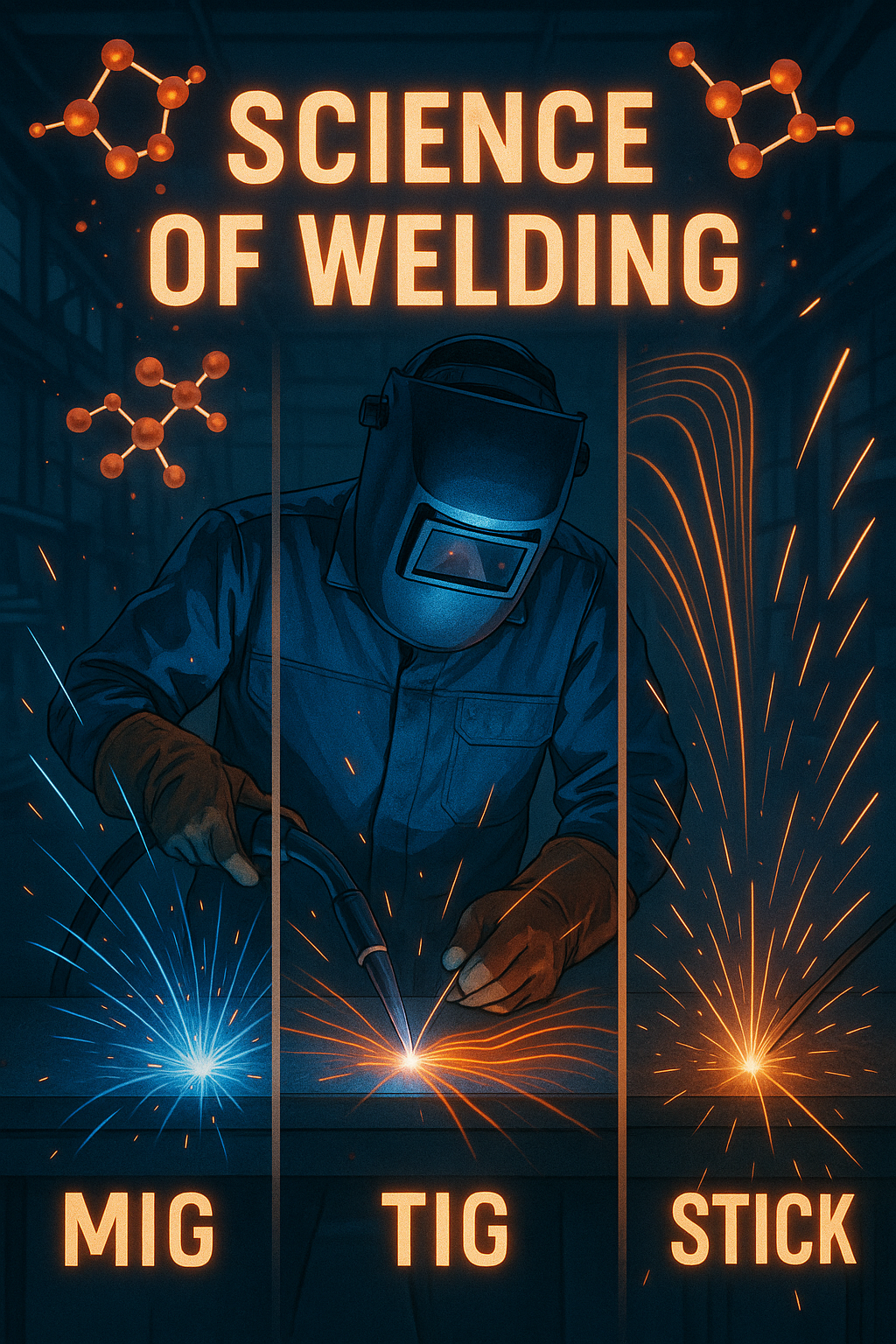
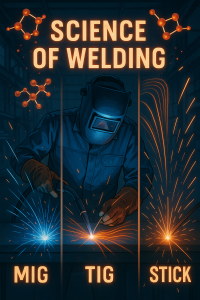
 MIG Welding (GMAW) – High Speed, Low Cost
MIG Welding (GMAW) – High Speed, Low Cost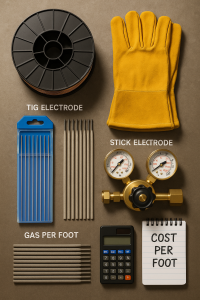
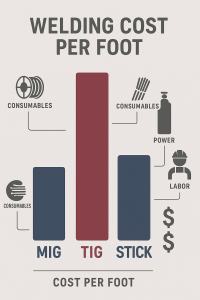
 Assumptions:
Assumptions: MIG Welding Cost Example
MIG Welding Cost Example $0.89/ft
$0.89/ft